Maximizing Limited Land With Mixed-Use Projects
Greg Freedman, co-founder of development firm BH3, provides an insider's perspective on this growing trend and highlights the advantages of developing mixed-use projects.
The mixed-use trend gained popularity as a result of developers trying to find ways to blend urban-style living with walkable communities, as more people, especially Millennials, search for live-work-play environments. “More investors and landlords are realizing that joint-ventures, development deals, property repurposing opportunities, capital improvement plans, sales and leasing activity are increasing within the mixed-use sector,” Greg Freedman, co-founder of BH3, told Commercial Property Executive. He also provided insights on the company’s latest project, Privé, in the interview below.
What are the advantages of developing mixed-use properties rather than individual ones?
Freedman: Modern mixed-use developments that appeal to today’s Millennial and Gen Z users feature unified architecture and design, shared entrances, lobbies and common areas, driveways and ride-sharing lines, elevators, and on-site amenities—cafés and gyms available to office and hotel guests—to serve all uses within the property. The components within also strategically align, such as lifestyle retail and coworking space to serve the properties’ residents, guests and professional tenants.
In addition to attracting a greater market share of the users who will continue to dominate as real estate consumers, the main advantage of developing contemporary mixed-use properties lies in the “stronger together,” recession-resistant formula the projects represent.
What are the most sought-after markets for mixed-use developments? Why?
Freedman: Markets with high-growth populations, particularly those of the Millennial generation and younger, have the most demand for mixed-use developments. Also, cities seeing an influx of businesses in STEM (science, technology, engineering, and mathematics) and creative industries attractive to younger generations have high demand for mixed-use as well. In addition to the more obvious 24-hour cities such as Boston, New York, Miami and Los Angeles, the trend is picking up briskly in and around Philadelphia, Washington, D.C., Atlanta, Orlando, Austin and San Diego, to name a few.
Millennials, and even an increasing number of Baby Boomers, want to live in dense, urban or urban-like areas with high walkability. In true urban areas, the mixed-use development is the most efficient way to maximize limited land. While creating a sense of place where people can live, work, shop, dine and gather in one building happens more organically in urban cities, we’re seeing “cities within a city” in the form of lifestyle centers springing up in numerous suburban areas as well.
What are the differences between urban and suburban mixed-use projects?
Freedman: Traditionally, urban mixed-use projects were required to justify land prices due to the use types needed to serve the density and intensity of an area. For example, the developments were a mix of retail on the ground level with other uses above such as hotel, office or residential, all distinctly separated from each other. Even more, the floorplans within the separated uses were further sectioned.
Suburban mixed-use projects typically meant two or more different uses with no homogeny located within one larger property parcel. For example, an apartment building and a grocery store.
Increasingly, mixed-use developments in both types of locations are shifting towards integrated rather than separated uses. Coworking spaces, larger common areas, smaller residential apartments, and shared entrances and lobbies with ground-floor retail are commonly found all in one building.
How are social media platforms influencing the development of mixed-use projects?
Freedman: The influence of the “like and share” generation is driving trends in mixed-use developments more so than the social media platforms themselves. The instant gratification, sense of community and appreciation of carefully curated experiences that social media as a whole promotes are what developers and investors are considering most. We see this demonstrated in workspaces, such as opening corporate offices and coworking spaces, experiential retail, and micro-unit hotels with expansive common areas and social amenities.
How do these mixed-use developments impact communities?
Freedman: Contemporary mixed-use developments are attracting progressive high-growth companies and younger talent/residents, some of the primary drivers of local economies. The impact is overwhelmingly positive.
What is BH3’s latest project, and what makes it stand out against other developments?
Freedman: Our latest project is Privé, a luxury development on Miami’s last private island at 5000 Island Estates Dr., in Aventura, Fla. Building upon the growing demand to have accessibility without the need of a car, the 8-acre island community features condos with spacious layouts, European-style kitchens, built-in smart home technology, clear ocean views from every room and balcony, a jogging trail and tennis courts, large common gathering spaces including a wine and cigar lounge and a teen game room, on-site dining, a pet-grooming salon, a private marina for 150-foot yachts and more.
What are the overall trends for this year?
Freedman: This year and beyond, we’ll continue to view properties more as ecosystems and buildings as brands. Business and social experiences alike will be conducted at all points within a property as it will become more hyper-connected. Tenants, whether office and/or retail, will not simply exist in a space, but complement other tenants to engage and enhance their respective operations. Owners of all building types, in addition to mixed-use, will attempt to create a sense of place where residents, tenants, visitors, patrons will not just come and go, but gather and connect.
Could you single out one trend that is gaining popularity in this sector? How does it differentiate between the two markets BH3 operates in, Florida and New York?
Freedman: Office trends in mixed-use are shifting dramatically and quickly. In today’s business world, people actually want to be around other people. For the modern worker, coworking provides a means to produce an innovative environment, subsuming the creative energy of those around. Prior generations were taught to conform to work in silos during the conventional 9-to-5 job, whereas more recent generations have evolved to embrace the freedom and team collaboration that is found in open offices with access to live and play amenities just a few steps away.
The “share” movement is vibrant in shared workspace concepts such as Roam, WeWork, Regus, Venture X and hundreds of others, as these spaces are expanding exponentially. Over recent years, more corporations have also embraced the open office layout or adopted a variety of workspace options under one roof for the varying needs of employees.
The trend has evolved more organically in New York City over the span of decades due to the intense urban culture of the market. In South Florida, the trend has mostly been driven by the newer generations and developers have been paying close attention.
Images courtesy of BH3

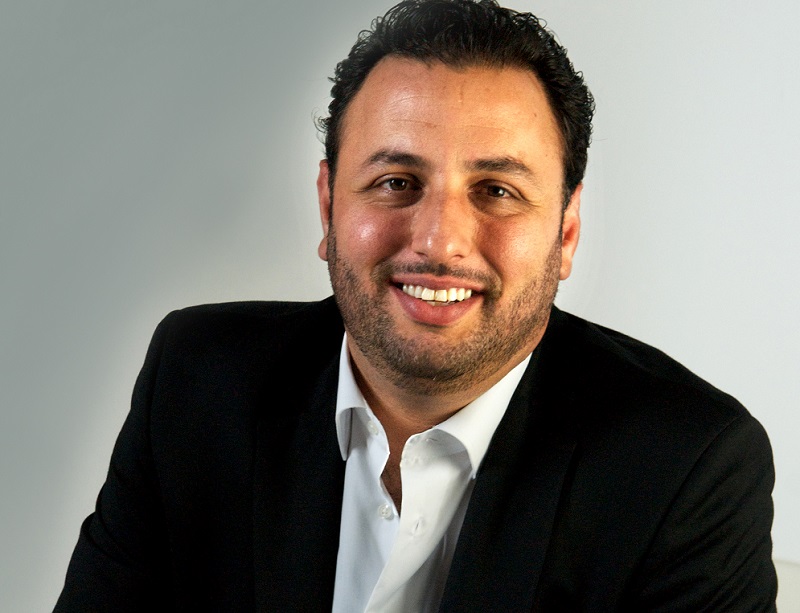

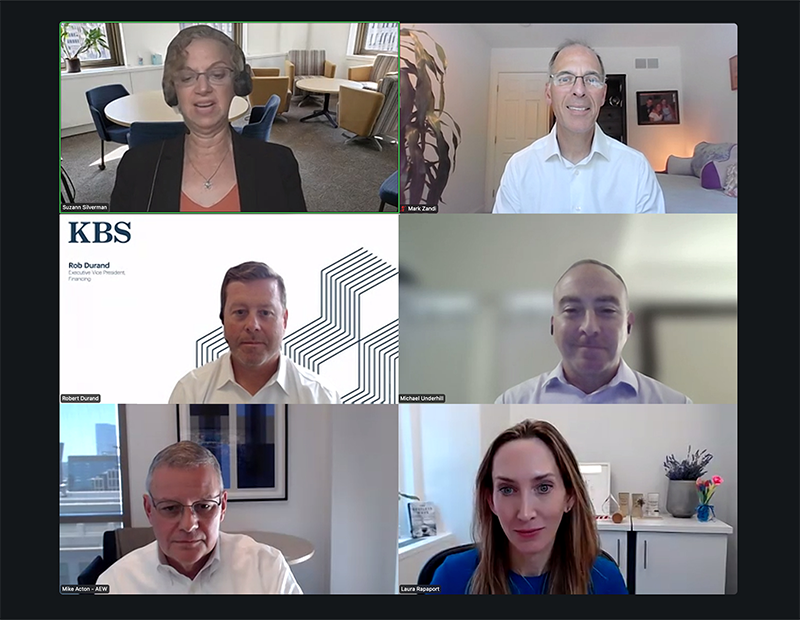
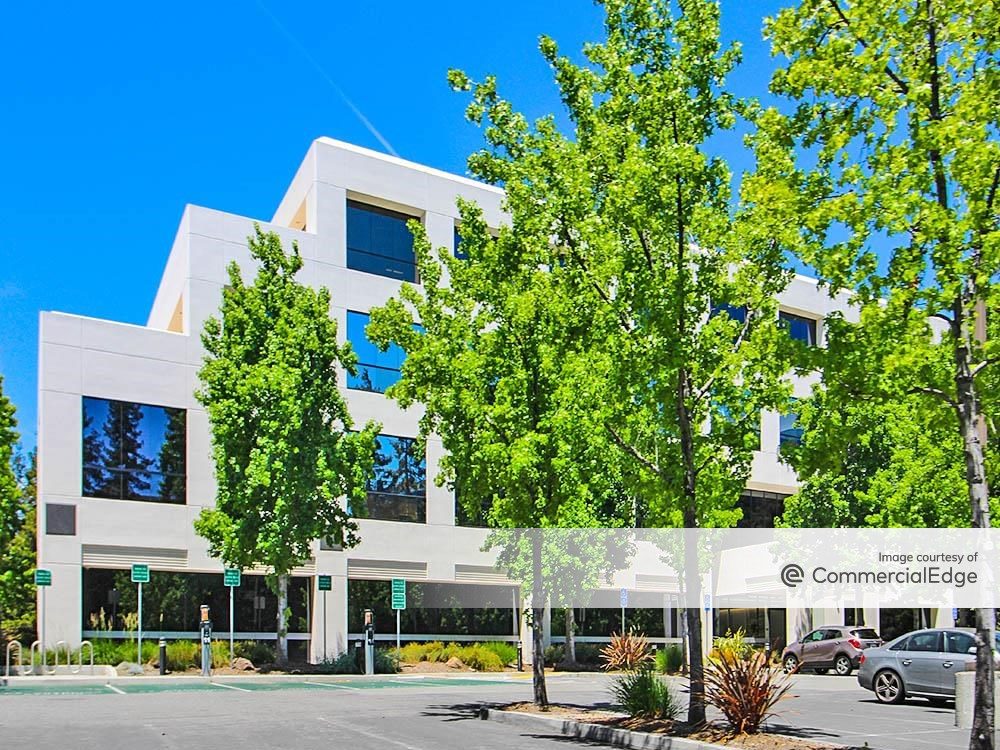
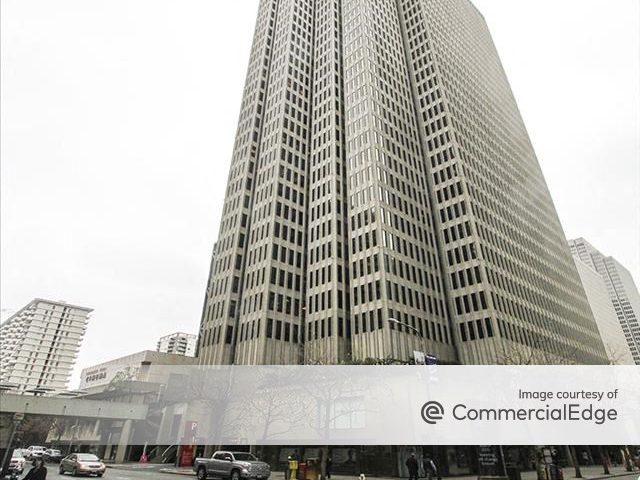
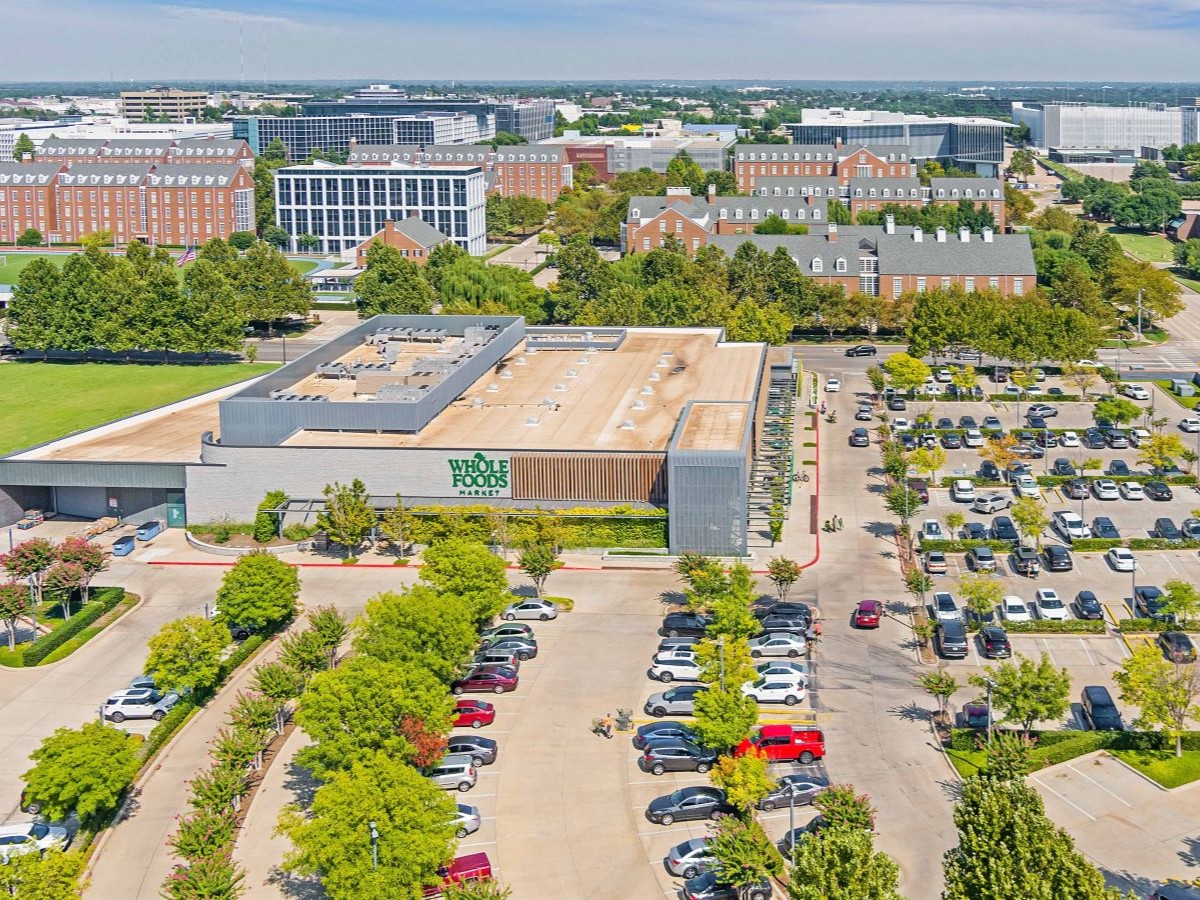
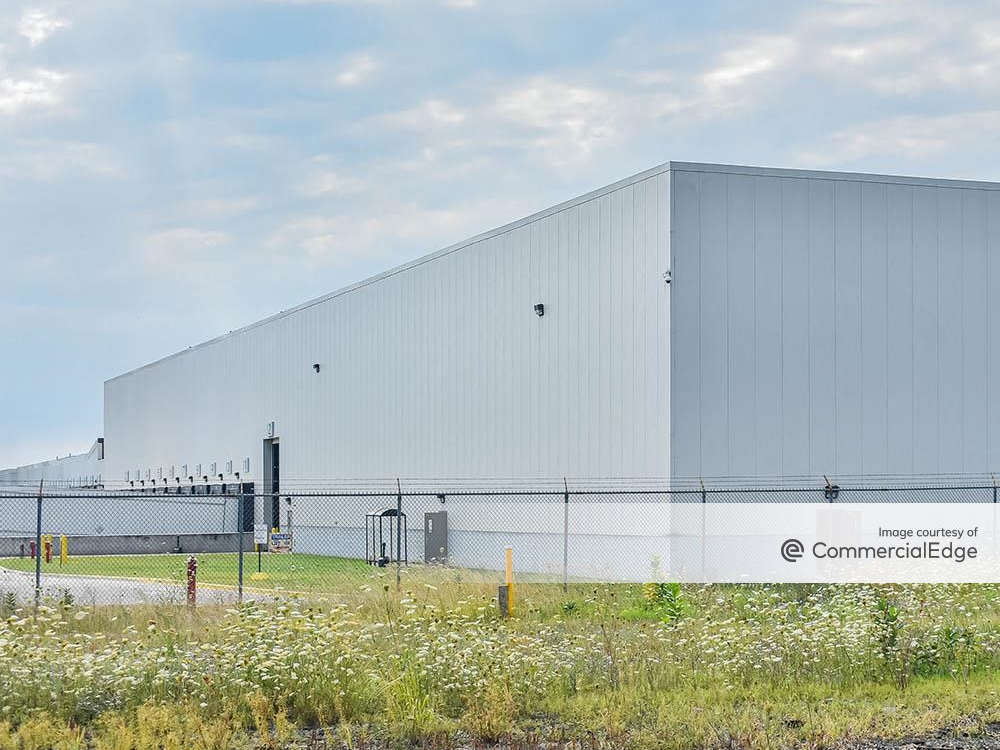
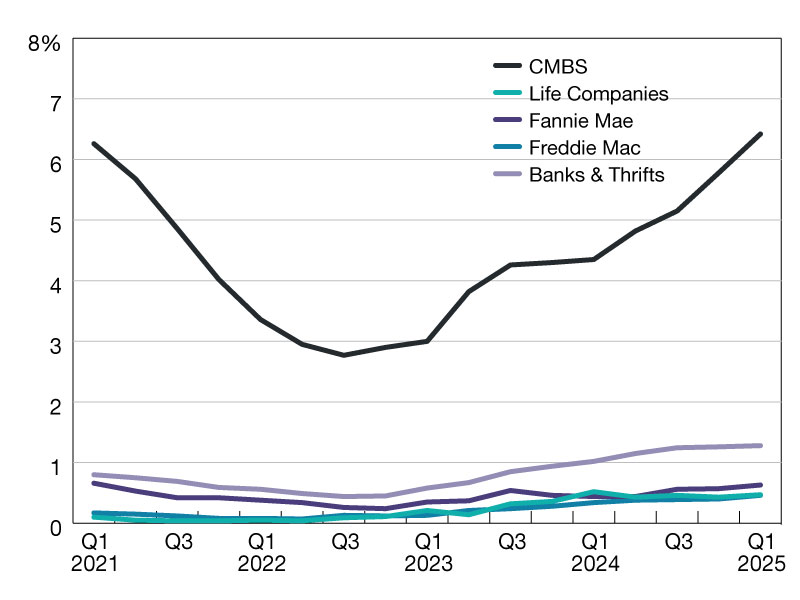
You must be logged in to post a comment.